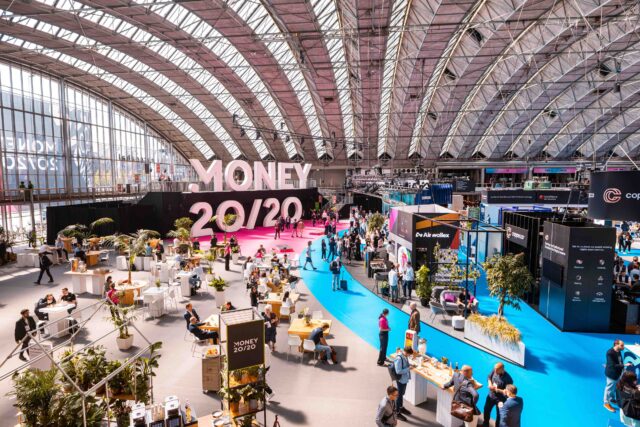Ahead of the company’s 2024 sustainability report, Brad Smith, Vice Chair and President; and Melanie Nakagawa, Chief Sustainability Officer at Microsoft, highlighted some of the ways in which the company is on track to achieve its sustainability commitments. However, they also flagged a troubling spike in the company’s aggregate emissions.
Despite cutting Scope 1 and 2 emissions by 6.3% in 2023 (compared to a 2020 baseline), the company’s Scope 3 emissions ballooned. Microsoft’s indirect emissions increased by 30.9% between 2020 and last year. As a result, the company’s emissions in aggregate rose by over 29% during the same period. A potentially sour note for a company that tends to pride itself on leading the pack for sustainable tech.
Four years ago, Microsoft committed to becoming carbon negative, water positive, zero waste, and protecting more land than the company uses by 2030.
Smith and Nakagawa stress that, despite radical, industry-disrupting changes, Microsoft remains “resolute in our commitment to meet our climate goals and to empower others with the technology needed to build a more sustainable future.” They highlighted the progress made by Microsoft over the past four years, particularly in light of the “sobering” results of the Dubai COP28. “During the past four years, we have overcome multiple bottlenecks and have accelerated progress in meaningful ways.”
However, despite being “on track in several areas” to meet the company’s 2030 commitments, Microsoft is also falling behind elsewhere. Specifically, Smith and Nakagawa draw attention to the need for Microsoft toreduceScope 3 emissions in its supply chain, as well as cut down on water usage in its data centres.
Carbon reduction and Scope 3 emissions
Carbon reduction, especially related to Scope 3 emissions, is a major area of concern for Microsoft’s sustainability goals.
Microsoft’s report attributes the rise in its Scope 3 emissions to the building of more datacenters and the associated embodied carbon in building materials, as well as hardware components such as semiconductors, servers, and racks.
AI is undermining Microsoft’s ESG targets
Mass adoption of generative artificial intelligence (AI) tools is fueling a data centre boom to rival that of the cloud revolution. Growth in AI and machine learning investment is expected (somewhat conservatively) to drive more than 300% growth in global data centre capacity over the next decade. Already this year OpenAI and Microsoft were rumoured to be planning a 5GW, $100 billion data centre—the largest in history—to support the next generation of AI.
In response to the need to continue growing its data centre footprint while also developing greener concrete, steel, fuels, and chips, Microsoft has launched “a company-wide initiative to identify and develop the added measures we’ll need to reduce our Scope 3 emissions.”
Smith and Nakagawa add that: “Leaders in every area of the company have stepped up to sponsor and drive this work. This led to the development of more than 80 discrete and significant measures that will help us reduce these emissions – including a new requirement for select scale, high-volume suppliers to use 100% carbon-free electricity for Microsoft delivered goods and services by 2030.”
How Microsoft plans to get back on track
The five pillars of Microsoft’s initiative will be:
- Improving measurement by harnessing the power of digital technology to garner better insight and action
- Increasing efficiency by applying datacenter innovations that improve efficiency as quickly as possible
- Forging partnerships to accelerate technology breakthroughs through our investments and AI capabilities, including for greener steel, concrete, and fuels
- Building markets by using our purchasing power to accelerate market demand for these types of breakthroughs
- Advocating for public policy changes that will accelerate climate advances
Despite being largely responsible for the growth in its data centre infrastructure, Microsoft is also confident that AI will have a role to play in reducing emissions as well as increasing them. “New technologies, including generative AI, hold promise for new innovations that can help address the climate crisis,” write Smith and Nakagawa.
- Data & AI
- Sustainability Technology











